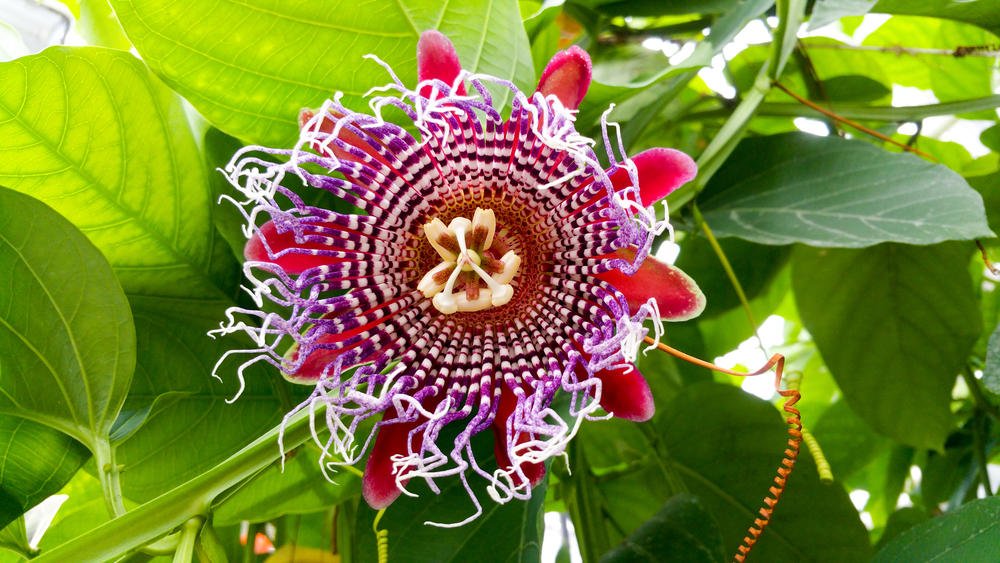
Passionflower is an evergreen liana with beautiful flowers, which you will remember only once for the rest of your life. I did not dare to display this exotic wonder in my garden, I was worried that we might not like it. But such beauty will not leave anyone indifferent! I tried to learn as much as possible about the beautiful passion flower, and realized that with proper care, the Liana will continue to delight with juicy flowers for a long time.
Conditions for growing passionflora
Remember that Passionflora is a fast-growing undemanding crop that can be successfully cultivated not only indoors,but also in gardens with sufficient light. For outdoor cultivation, it is extremely important to choose the right type of plant. It is very undemanding and can be cultivated as a perennial even in the open ground; it gives good root growth. Do not forget that Passionflower is a vine, and it will need support. There is no better place to land than under a tree, which she could later climb.

An important requirement for its cultivation is sufficient light (it is advisable not to plant under a tree with dense foliage). Optimal temperature for growing: 18°C…+24°C (64.4-75.2°F), if the temperature of the passion flower content rises sharply, the leaves of the plant begin to turn yellow and dry, the number of buds formed significantly decreases. The plant quickly loses its decorativeness and dies.
Reproduction of passionflora
Passionflora is best propagated by seeds in February-March. Seeds of most species, in particular blue passionflower, germinate well at moderate humidity and a temperature of +25°C (77°F), germinating in 2 weeks. To speed up germination, it is necessary to soften their dense skin, make scarification (light rubbing of the seeds on both sides with sandpaper). For further softening, they must be kept in a special solution, for example, in fresh citrus juice. I usually soaked them in fresh lemon juice or orange juice for a few days, and then planted them in separate peat cups. For planting, prepare a special pot mixture.
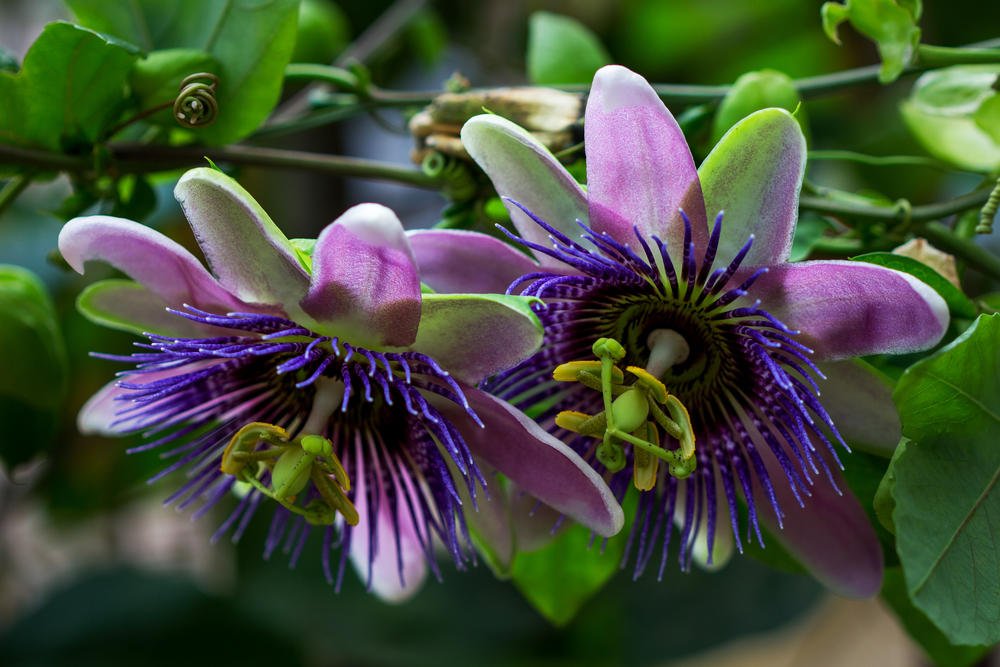
It is easy to do this – it is enough to mix sand, peat, leaf soil and humus in the same ratio in one vessel. Immediately after cooking, the soil mixture must be disinfected for 10 minutes at a temperature of + 200°C (392°F), I fry it in the oven. The cooled substrate is filled with pots, and pre-treated passion fruit seeds are planted in them. Containers (peat pots or plastic containers) should be covered with plastic wrap and left in a warm (25°C/77°F) place. Crops need daily ventilation for about 5 minutes and, if the substrate is sufficiently moist, spraying the soil. With the appearance of the first shoots of passion flower, the containers must be moved to a well-lit place, and the foil must be removed completely. In the second phase of true leaves, seedlings should be thinned in separate pots with a diameter of at least 7 cm (2.7 inch).

Passionflower seeds give good germination if they are sprouted in a glass jar with hydrogen peroxide, and then planted in pots. That day, we soaked the seeds in a container of distilled water, and all the seeds that floated to the surface were thrown away. The rest is placed in a small container, in which a little 3% hydrogen peroxide is poured – the seed shell bursts, and the planting material is disinfected. Then the seeds are placed in a glass jar with a solution (50 drops of hydrogen peroxide are taken per 100 ml of water) and, tightly closing it with a lid, they are transferred to a warm, dark place for seven days. Remember – until you see the sprouts, you can’t open the jar! The hatched seeds should be very carefully dried with a disinfected tweezers and planted in a special substrate, and the remaining seeds should be filled with a freshly prepared solution and placed again in a warm, dark place.
To speed up the germination of passion fruit seeds, you can also do the following: cover the crop capacity with a film and transfer it to a lighted area, ensuring the difference between day and night temperatures: during the day it should be between +22°C…+26°C (71.6-78.8°F), and at night-about 9°C and+15°C (48.2-59°F). Thanks to such temperature differences, the active growth of passionflower seeds is stimulated. After the emergence of seedlings, vines, the tape should be removed, the seedlings watered and, as in the first case, with the appearance of two real leaves, dive into an individual container.

To propagate passionflora, you can cut deciduous cuttings (with leaves and two nodes) in the summer and place them in a container with water. After a couple of months, the cuttings will have roots. During the entire time, the water in the pan can not be changed, you need to put only a small piece of charcoal.
Planting Passiflora
Passionflora normally feels in almost any soil, but a soil mixture consisting of a mixture of equal parts of sand, leaf and turf land, and peat is ideal for planting.
There was no need to bury the seedling at the time of planting. The only thing to do is to cover it immediately after planting with a glass jar, which can be removed in two weeks.
If you grow passionflora as a perennial plant, you need to transplant it every year in the spring. Immediately before starting work, the vine should be cut off by about 1/3 of the length of the shoots.
The care of Passiflora
Passionflora requires sufficient lighting and abundant watering. Water the passion flower from early spring to late autumn. The soil around the plant should be moist. In winter, watering should be reduced to once every 10 days. Demanding to humidity plant needs constant spraying throughout the spring and summer, it is necessary to ensure that the microdrops of moisture immediately after spraying do not fall under the direct rays of the sun.
It is necessary to feed passionflora 5 times during the entire growing season with the use of complex fertilizers.
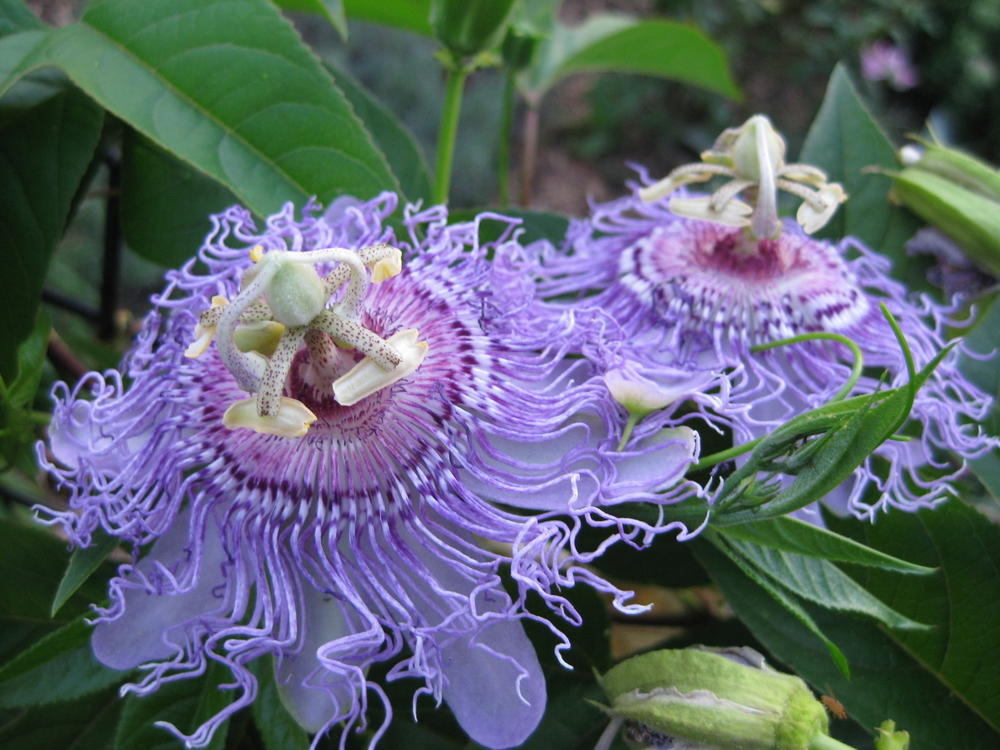
In the first year, the passionflower increases the key stems, thus forming the” skeleton ” of future vines. As we have already mentioned, it needs special support, where it is necessary to fix a few of the strongest shoots, and to shorten the secondary ones by a third every year. It is necessary to cut the passion flower from the second year of life, since the flower buds of the plant are formed only on annual shoots.
In autumn, it is advisable to transfer the passion flower to a relatively cool room with a temperature of about +13°C…+16°C (55.4-60.8°F), if it is higher, the passion flower begins to go bald and may lose all its leaves. The first frosts also destroy the vine (with the exception of the blue passionflower, and in early spring numerous new shoots are already formed; however, for this they need to be covered in winter with dry leaves, straw or special covering materials).
Types of passiflora
Passiflora caerulea – evergreen climber with single flowers (up to 10 cm/3.9 inch in diameter), exuding a light pleasant aroma.
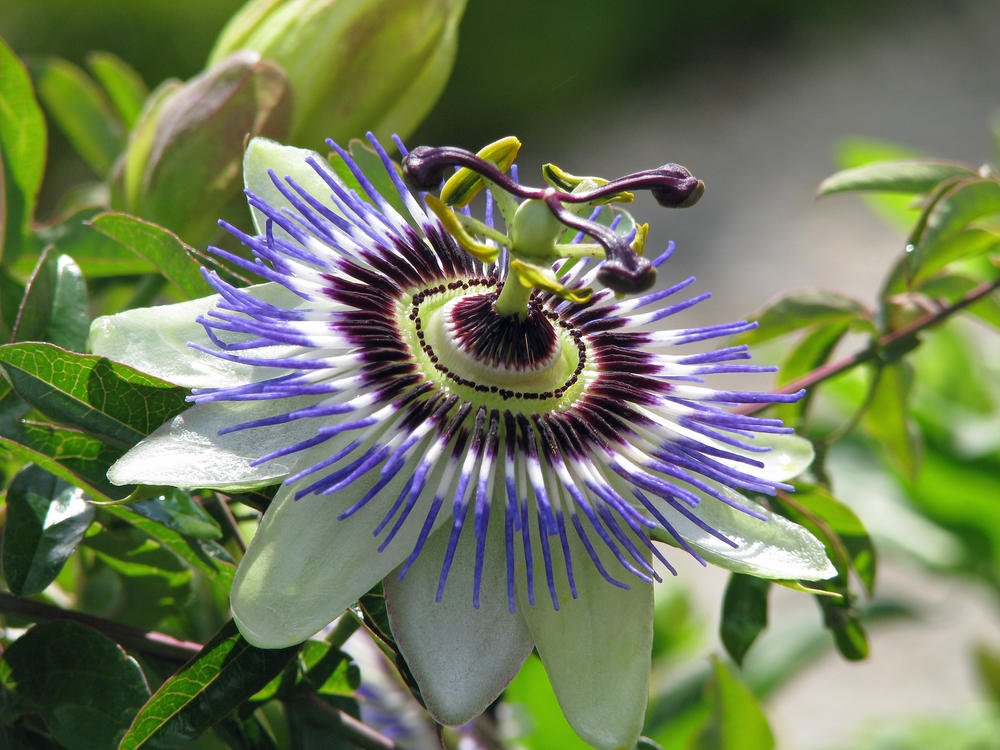
It is for this wonderful aroma and, of course, for the endurance of Passionflower blue has become a favorite of many gardeners. The ripe fruit of this species is an orange berry up to 7 cm (2.7 inch) long, with bright green leaves with a slightly bluish tinge. The birthplace of the blue Passionflower, by the way, is part of the Andes in southern Argentina.
Passiflora trifasciata got its name due to the decorative leaves.

Three contrasting stripes are clearly visible on the dark background of the leaf blade.

The white flowers of the three-striped passion flower reach up to 4-5 cm (1.6-2 inch) in diameter, the fruits are round berries with a diameter of 2.5 cm (1 inch). The flowers of this species have an extremely strong and persistent aroma, very similar to the smell of lilac.
Passiflora mollissima, perhaps one of the most decorative vines. It has beautiful bright flowers up to 12 cm (4.7 inch) in diameter.
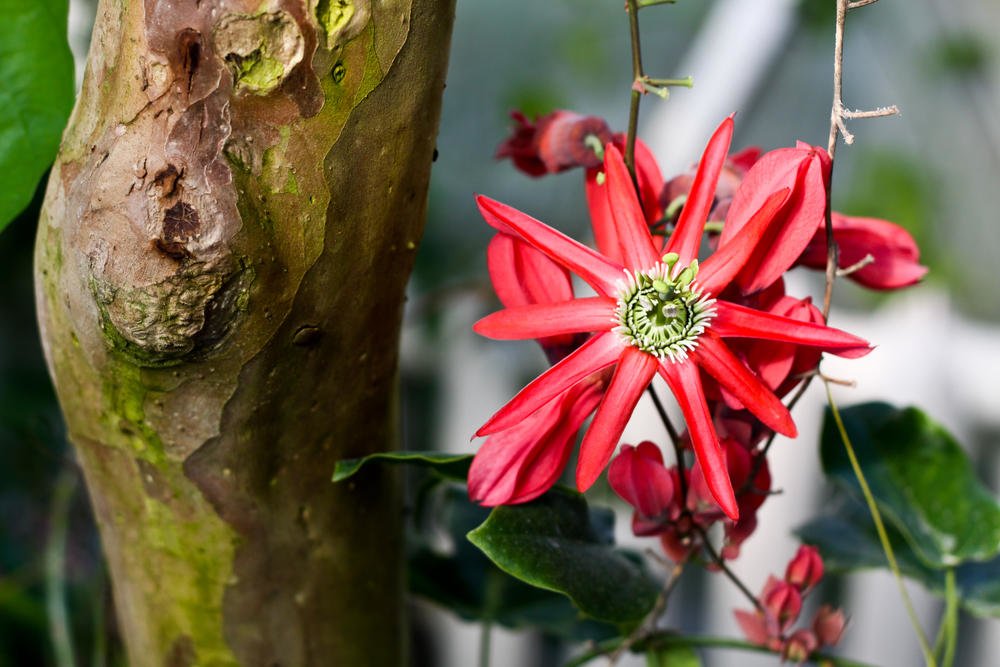
Edible oblong fruits of golden yellow color. The fruit-bearing banana passionflower produces very abundant harvests in the first year of life.
We have mentioned only three types of this luxurious vine, in fact there are many more. And how do you grow an exotic beauty-Passion Flower?
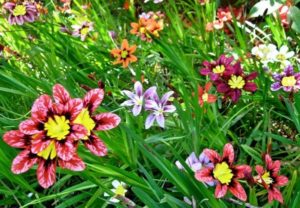
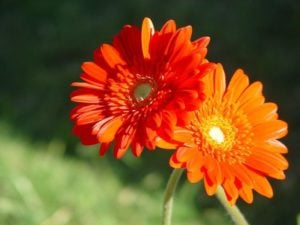


Leave a Reply